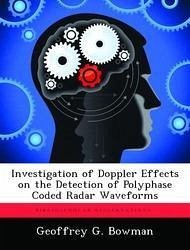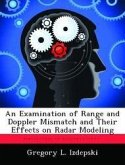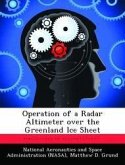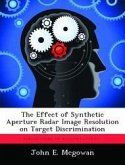Special operations missions often depend on discrete insertion of highly trained soldiers into dangerous territory. To reduce the risk involved in this type of engagement, Low Probability of Detection radar waveforms have been designed specifically to defeat enemy passive radar detectors. These waveforms have been shown to perform well when the Doppler shift is minimal, but their performance degrades dramatically with increased frequency shifts due to Doppler effects.This research compares one known Low Probability of Detection waveform, based on Welti coding, with a radar waveform known to provide Doppler constancy, namely, one based on Frank coding. These waveforms are tested using a non-cooperative square-law passive detector as well as a cooperative matched filter detector for various Doppler shift values. Research conclusions address the question of whether or not the Frank coded waveforms provide better detection capability than Welti coded waveforms at high levels of Doppler shift.Conclusions from this research indicate that there is no advantage to using Frank coded waveforms over Welti coded waveforms. All waveforms behaved the same at increasing Doppler shift levels for each of the detectors.








